Semi is best: why semi-rigid ducting is best for MVHR systems
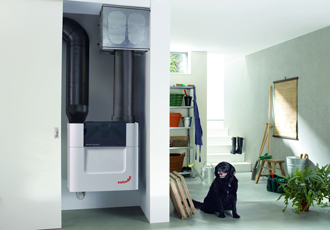
When you consider how much time we all spend enclosed by four walls, calculated to be as much as 90%, the need for a high level of comfort within those surroundings is crucial to our well-being. This is where Mechanical Ventilation with Heat Recovery (MVHR) comes into its own as a solution of choice. Here Rupert Kazlauciunas, Technical Product Manager, MVHR, Zehnder UK, tells us more.
What is MVHR?
MVHR delivers fresh filtered air into a building, while retaining most of the energy that has already been used in heating the building, and Heat Recovery Ventilation (HRV) lies at the heart of any energy-efficient building, providing its ventilation needs. Whatever label it may come with – MVHR, HRV or Comfort Ventilation (all names for the same thing) – a heat recovery ventilation system properly fitted into a house provides a constant supply of fresh filtered air, maintaining the air quality, while being almost undetectable.
MVHR extracts the air from polluted sources – such as kitchen, bathrooms, toilets and utility rooms – and supplies fresh, filtered air to bedrooms, living rooms, studies etc. The extracted air is taken through a central heat exchanger and the heat recovered into the supply air. This works both ways: if the air temperature inside the building is colder than the outside air temperature, then the cool air is maintained within the building, resulting in a ‘cold air recovery’ technique.
MVHR: why it matters
System design will make the difference between a highly efficient unit working unnoticed in the background and one that is constantly noticeable (and annoying) to occupants, while also wasting both heat and electrical energy. These systems necessarily require ducts to be run through the building – and nothing less than the highest quality ducting is acceptable when it comes to the effective running of a ventilation system.
To achieve that, there are important considerations to take into account.
When the right ducting is selected and installed correctly it can greatly improve and prolong the efficiency of the whole system, leading to long-term low maintenance. On the other hand, make the wrong call and that could mean a ventilation system that is always going to underperform and lead to longstanding – and potentially costly – issues. Poorly-installed duct work can potentially damage the ventilation unit and fabric of the building as well as leading to discomfort and inconvenience for occupants.
Then it’s all about choice: rigid or semi-rigid ducting?
The advantages that quality semi-rigid ducting brings are what make this a winner.
First, it enables a ventilation system to operate at its optimal performance, as it delivers zero leakage. It can also mean a 70% reduction in installation time, being a simple, repeatable process that requires the minimum of skills, yet still ensures peak standards of installation. Moreover, top semi-rigid ducting systems have high crushability levels, with some able to withstand up to 13kN/m2 of force.
Some semi-rigid ducting systems also offer the installer the kind of versatility that most other systems can’t match by allowing them to switch between oval and round ducting, causing minimal pressure loss.
Semi-rigid: the key benefits
- Semi-rigid ducting is also flexible enough to work around joists, but still has the robustness to avoid creating kinks or sharp bends. And the airtight locking system means no glues or sealants are required on-site. Our semi-rigid ducting, designed for use with our CV2 dMEV solutions, has the tightest bend radius on the market, making it ideal for tight corners and awkward spaces.
- Another plus with semi-rigid solutions is that you can put low velocity through the ductwork, resulting in lower system pressure drop and lower noise levels.
- It is also cleanable which makes it ideal for Housing Association properties and social housing developments.
- Our semi-rigid ducting can also be set into concrete unlike many other products, due to its high ring stiffness.
- Unlike metal ductwork, semi-rigid products are corrosion-resitant, lightweight and food grade 'virgin' polyethylene so is fully recyclable.
Standing up for standards
Behind any ducting system of real worth must be the standard it lives up to – and the Passive House standard is recognised as the leading international low-energy design standard in this regard, with more than 65,000 buildings designed, built and tested to this benchmark worldwide.
A ‘Passive House’ doesn’t need to be actively heated, because it uses passive heat gains to heat itself. Consequently, only a minimal amount of additional heating needs to be supplied. The concept is based on excellent thermal insulation and a highly efficient heat recovery system. The heat stays indoors and, therefore, doesn’t need to be provided by an active system. Passive House also applies to retrofit projects, achieving similar savings in space heating requirements.
Zehnder is a Founder Member of Passivhaus Trust – the UK Passive House organisation – with Passive House buildings calculated to achieve a 75% reduction in space heating requirements, compared to standard practice for UK new-build. The Passive House standard therefore offers a powerful way forward in helping the industry achieve the 80% carbon reductions that are set as a legislative target for the UK Government.
Passive House-accredited and complying with System 4 of the current Building Regulations, Zehnder’s range of domestic MVHR units has been developed and designed specifically to ensure balanced whole-house ventilation, and a year-round comfortable, healthy and energy-efficient indoor climate. Zehnder’s ultra-efficient counterflow heat exchangers can recover up to 96% of the heat from extracted air that would otherwise have been exhausted to the atmosphere.
Read more about Zehnder's semi-rigid ducting solutions here.

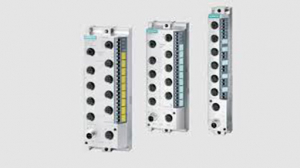
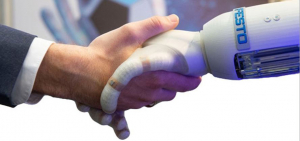
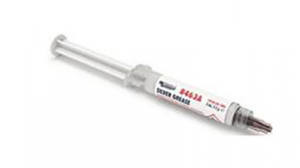
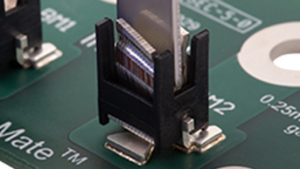







Write a comment
No comments